-
For Home
For Home
Categories
- For Builders
- For Business
-
About Us
About Us
- Contact and Support
- Sustainability
Safely and responsibly managing waste is what we do at Waste Management.
We’re especially proud of our modern, engineered landfills which are among the best in the world.
While Aotearoa’s communities, businesses and the waste industry strive to minimise the amount of waste generated and then to recycle as much of this as possible, there remains a need to safely contain what cannot be recycled.
The most sustainable, environmentally responsible solution available to New Zealand is landfill.
Modern landfills play an important role in protecting our environment and are nothing like the legacy “dumps” of the past.
Some facts you might not be aware of:
There are currently no viable alternatives to landfill available for disposal of large quantities of waste.
There has been some discussion around the suitability of waste-to-energy incineration, but this technology is generally used in large, densely populated cities and towns in Europe and Asia where there is a continuous and immense feed of waste. This goes against the aspirations we have in New Zealand for waste reduction.
In addition, unlike modern landfills, which capture greenhouse gas emissions, incineration involves the burning of plastics (carbon) which would impact on New Zealand’s carbon footprint and global emissions and also impede our progress towards achieving the targets agreed to in the Paris Agreement.
Finally, not all wastes can be incinerated, and incinerators also still produce waste (ash) that is generally taken to a hazardous landfill for safe disposal.
Watch our video above to learn more and take a look at some of the below photographs to get a feel for what a modern, engineered landfill is really like.
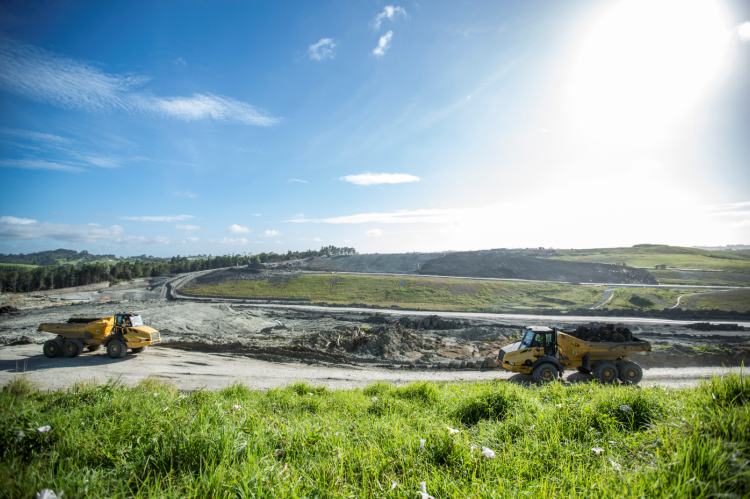
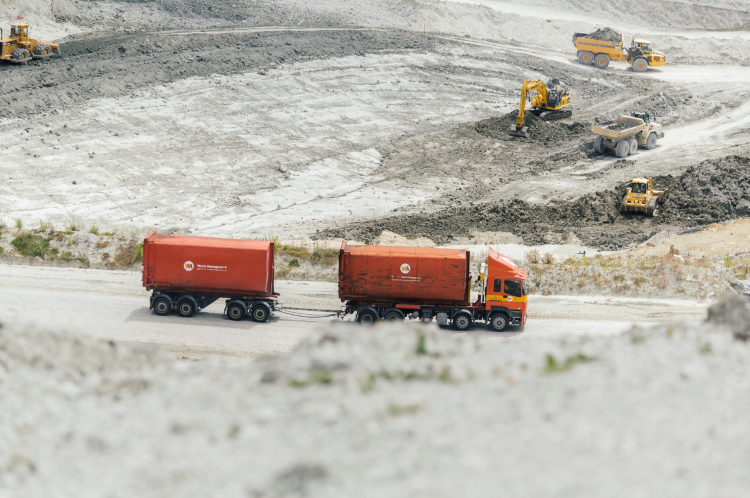
Waste is compacted as it is placed, and the operating tip face is covered at the end of each day
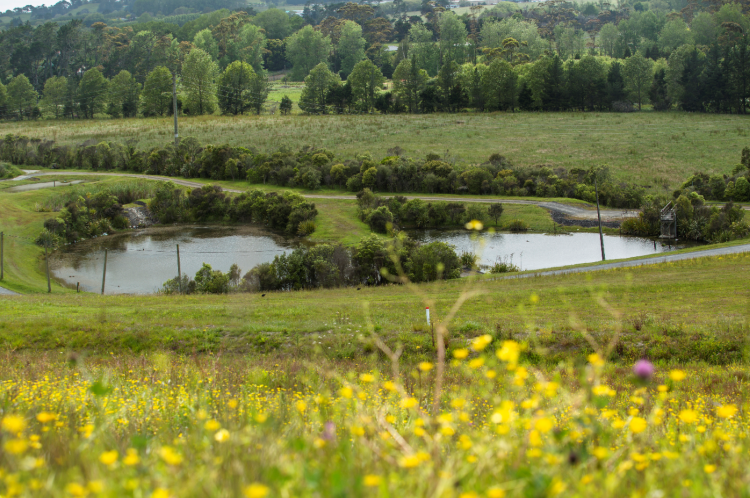
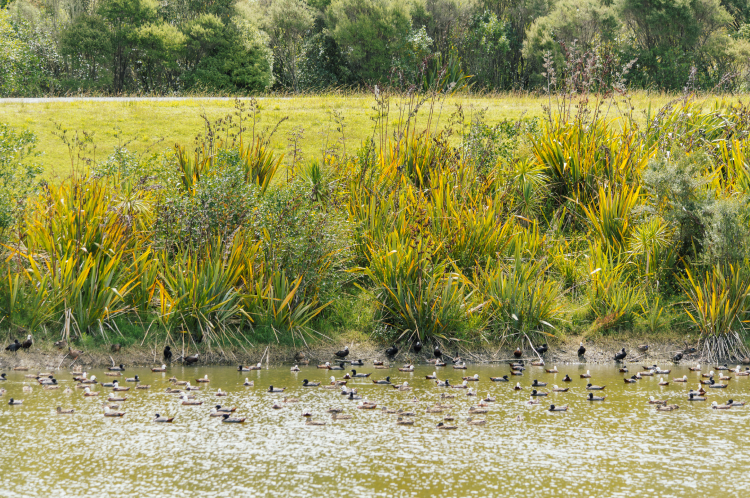
At modern landfills, such as our Redvale Landfill & Energy Park in Auckland, wetlands surrounding the landfill are popular with bird life. We’ve even been thrilled to see the at-risk weweia (dabchick) take up residence at Redvale.
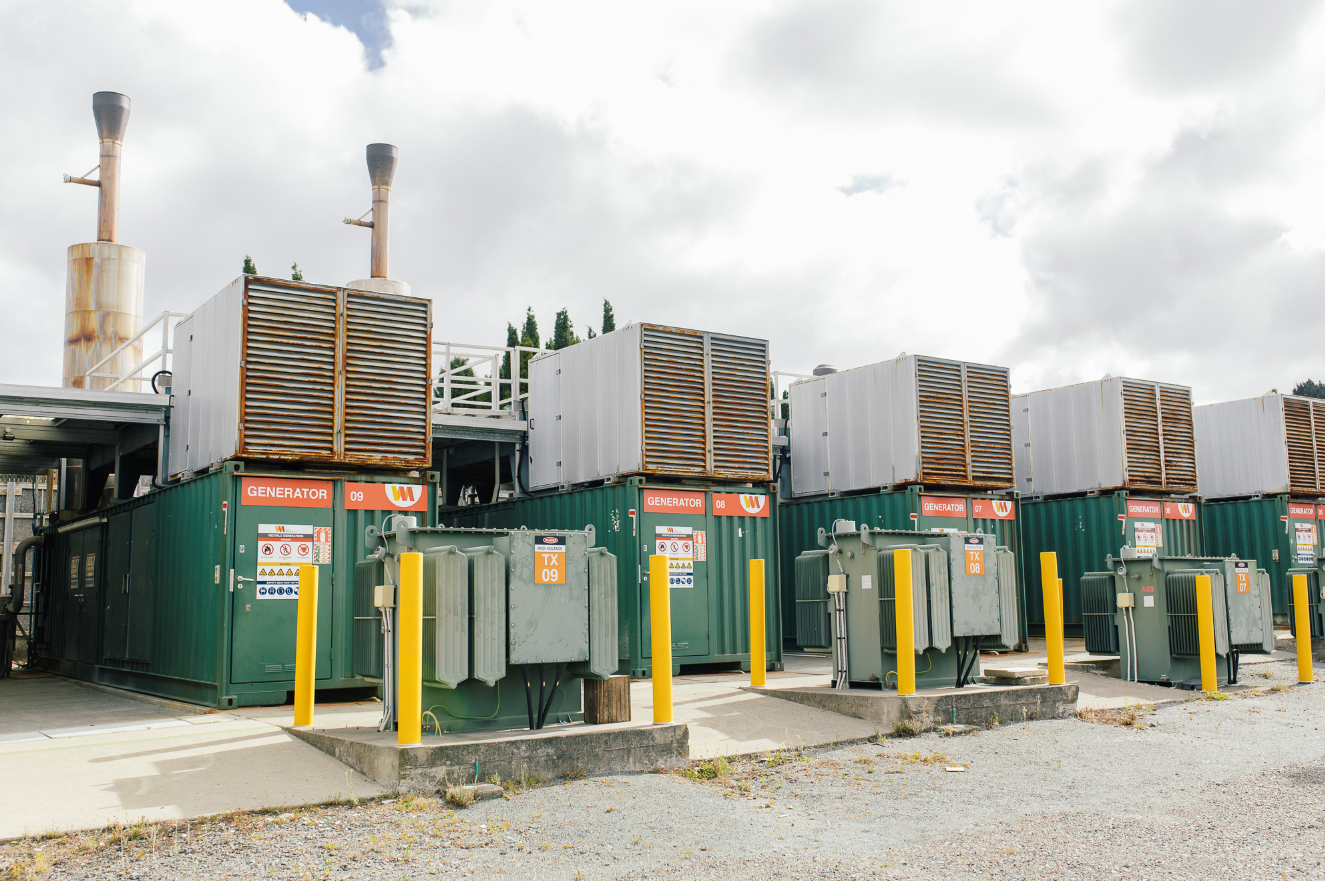
Using gas engine and electric generators like these pictured at Redvale, Waste Management’s landfill and energy parks can currently power the equivalent of 24,000 homes with renewable energy.

Before (2004)
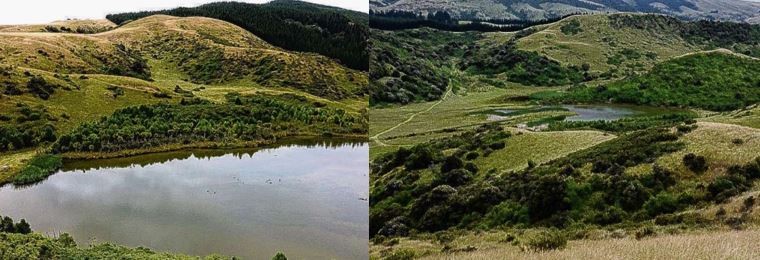
After (2019)
Over the years Waste Management has been actively involved in regenerating Tiromoana Bush near Kate Valley Landfill & Energy Park. It’s been a hugely successful project, with before and after photos (above) showing the difference over 15 years.
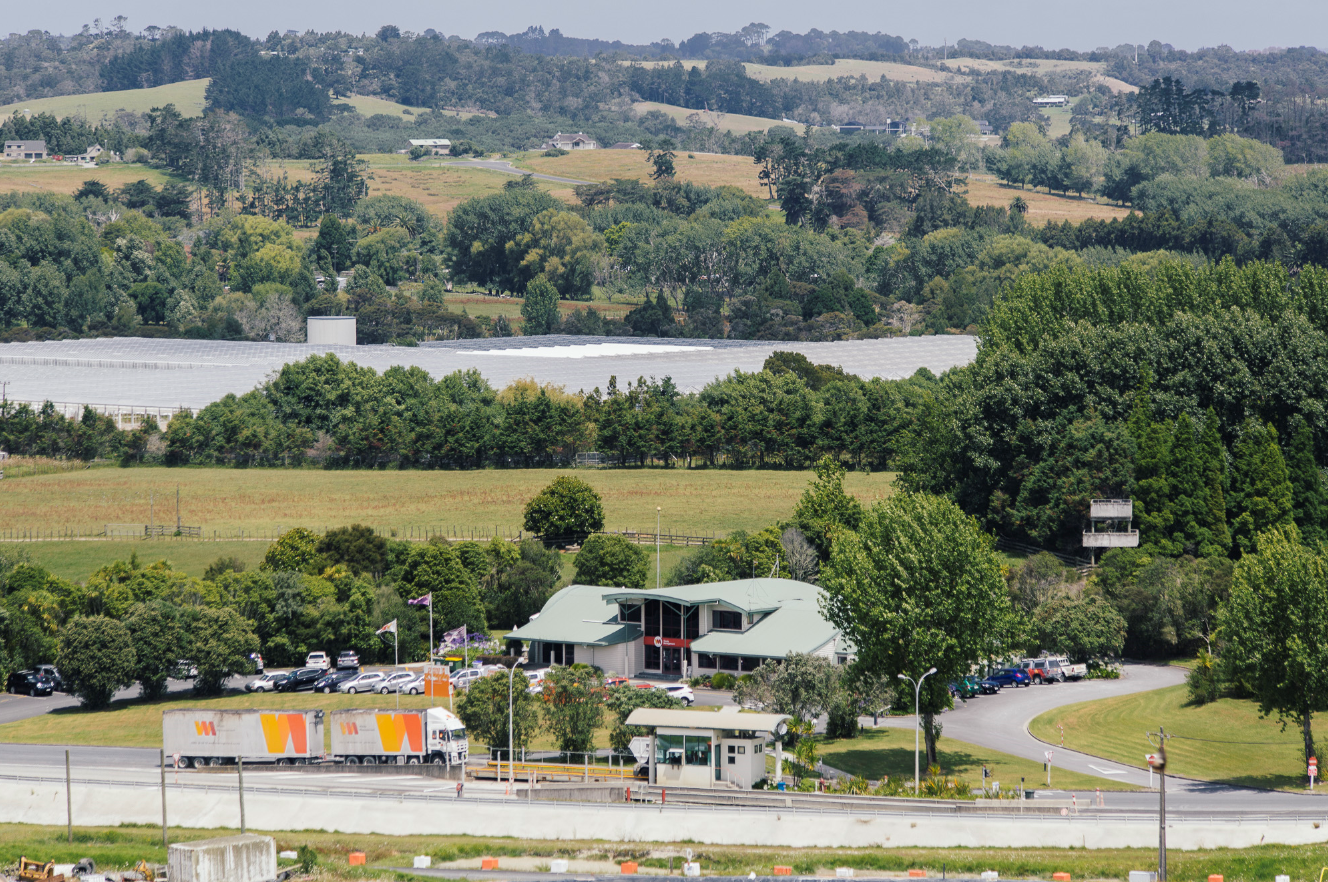
Pictured behind Redvale Landfill & Energy Park is a neighbouring aubergine greenhouse complex, which the landfill provides energy to for heating and hot water.
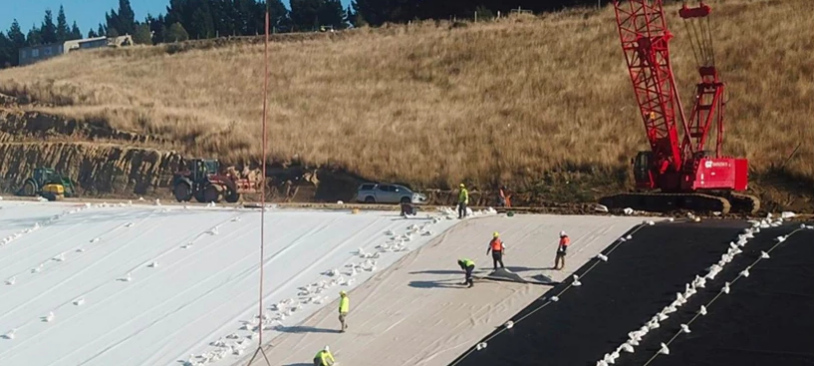
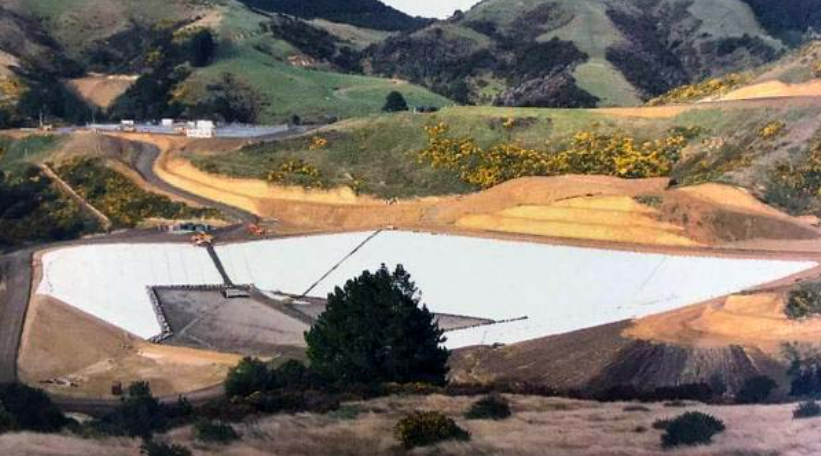
This construction of a new landfill cell at Kate Valley Landfill & Energy Park shows the complex lining system going into place.
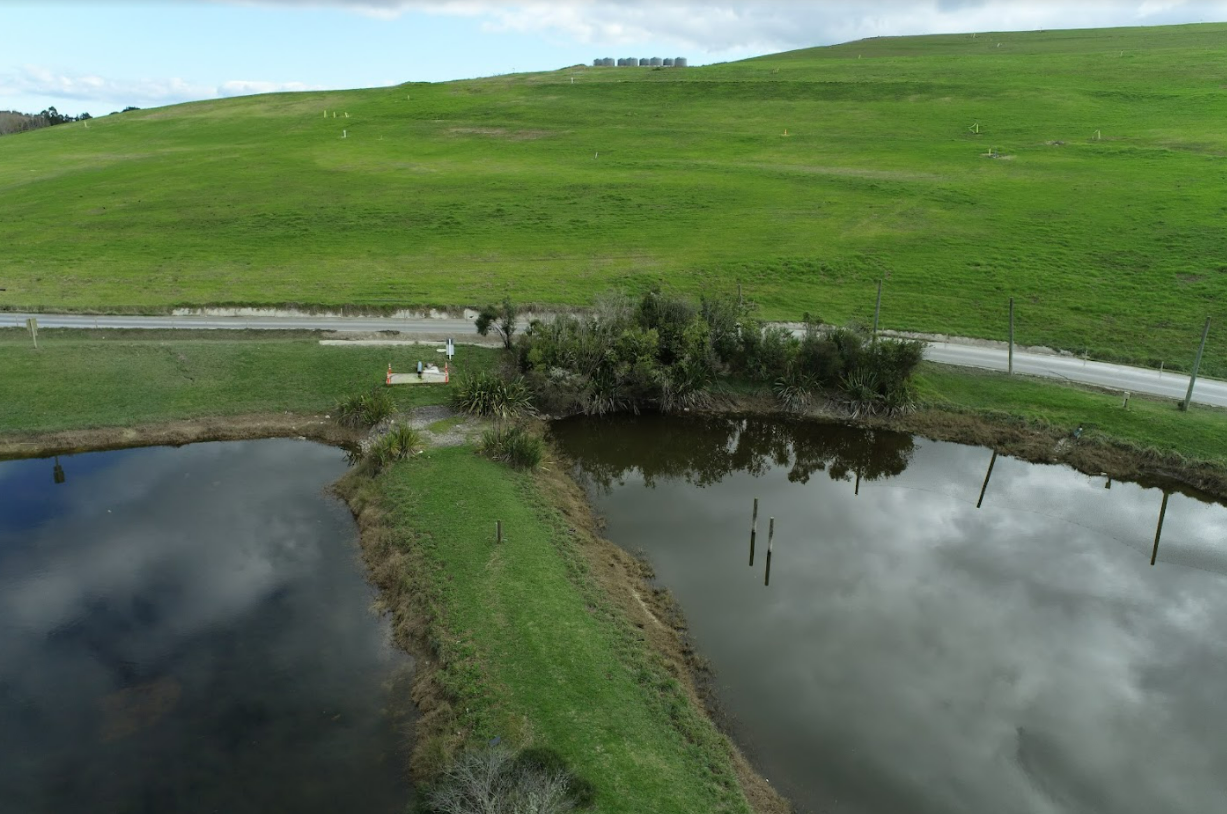
Sediment control ponds at Redvale Landfill & Energy Park, with an area that has stopped receiving waste and has its final soil cap in the background.